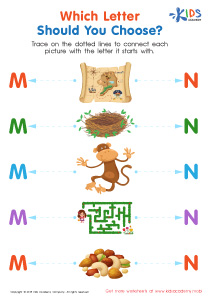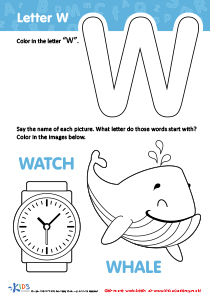Alphabet familiarity Normal Kindergarten Upper & Lowercase Letters Worksheets
6 filtered results
-
From - To
Welcome to our engaging Alphabet Familiarity worksheets, designed for Kindergarten learners! These printable resources help children explore both upper and lowercase letters through fun and interactive activities. Our worksheets emphasize letter recognition, sound correlation, and early writing skills, making them ideal for nurturing alphabetical proficiency. Each worksheet is thoughtfully crafted to cater to different learning styles, ensuring every child can thrive. With colorful illustrations and engaging exercises, these resources make learning letters enjoyable and effective. Help your little ones develop a strong foundation in literacy with our Preschool Alphabet Familiarity worksheets today! Perfect for at-home learning or classroom use.
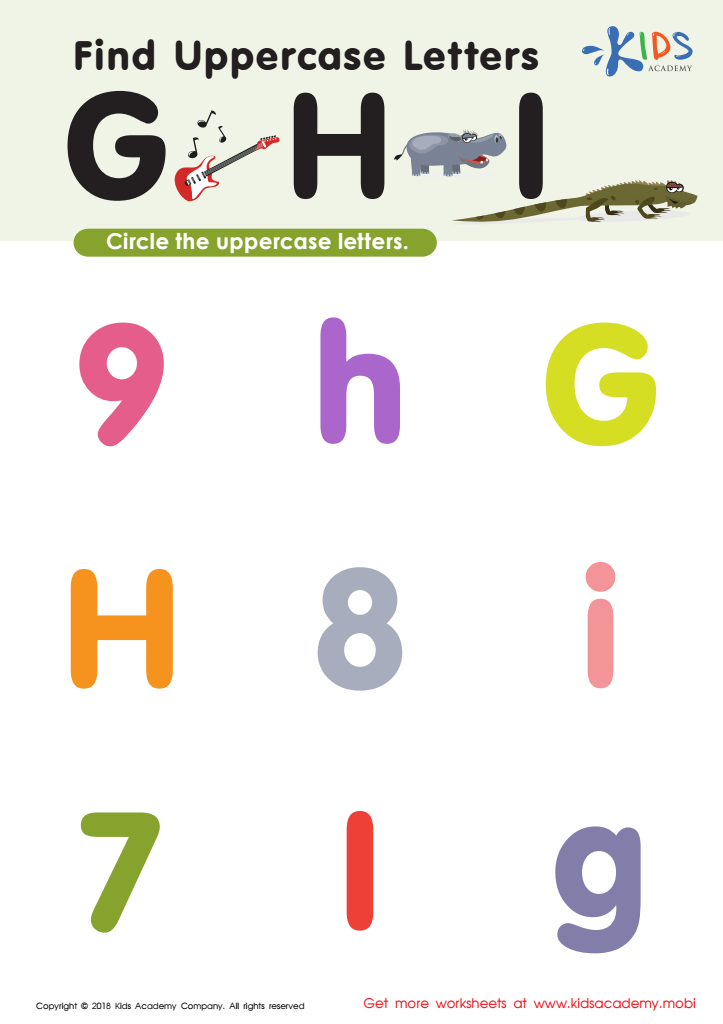

Find Uppercase Letters G, H, and I Worksheet


Find Uppercase Letters Worksheet


Find Uppercase Letters J, K, and L Worksheet
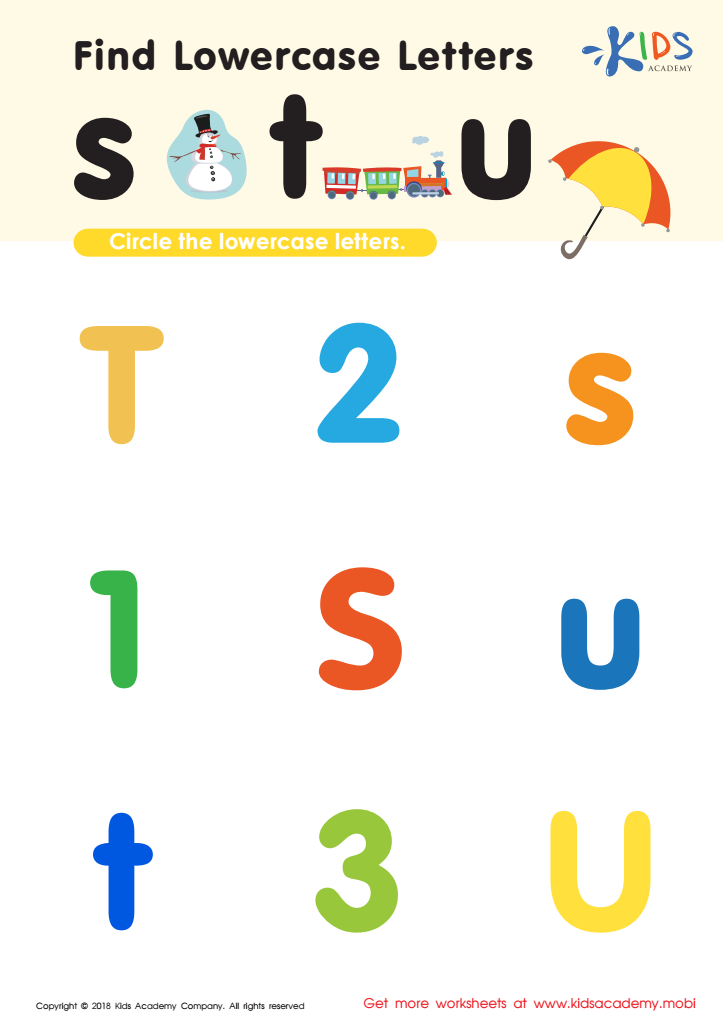

Find lowercase Letters s t u Worksheet


Find Uppercase Letters A, B, and C Worksheet
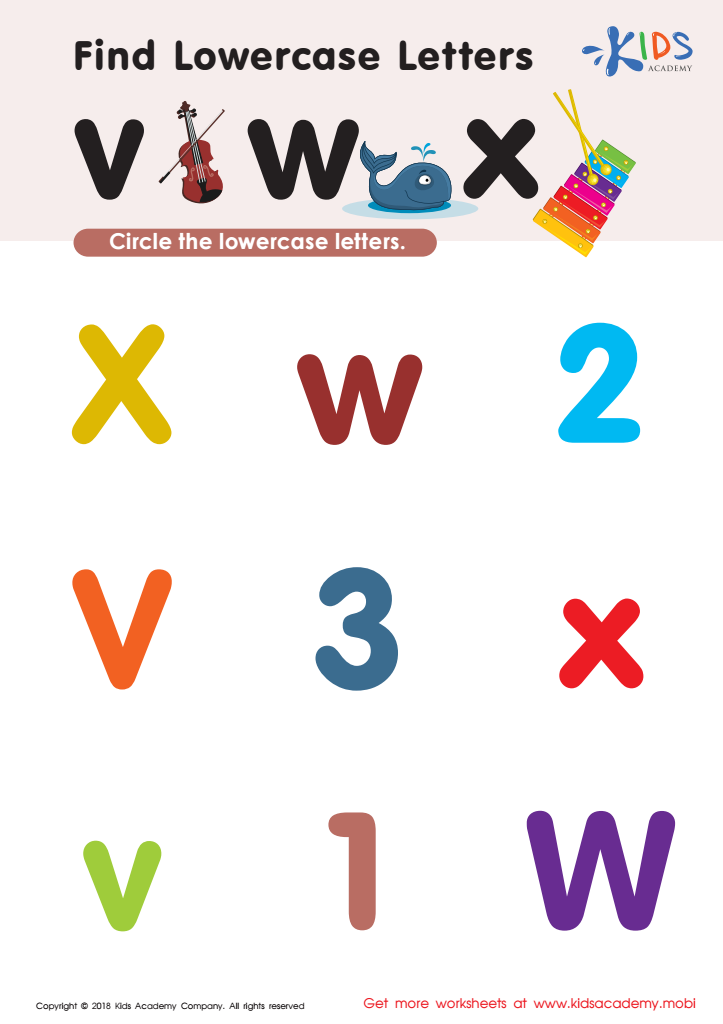

Find Lowercase Letters v w x Worksheet
Familiarity with both uppercase and lowercase letters is crucial for young children in kindergarten, as it lays the foundation for their reading and writing skills. Parents and teachers should prioritize this element of language development because it enhances phonemic awareness and helps children recognize that letters represent sounds in our spoken language. Knowing the alphabet in both forms allows students to decode words more effectively, which is essential for developing reading fluency.
Moreover, uppercase letters are often used at the beginning of sentences or for proper nouns, while lowercase letters appear more frequently in text. This distinction is important for children to understand as they progress in their literacy journey. Being familiar with the whole alphabet helps prevent confusion and frustration when encountering texts.
Additionally, introducing uppercase and lowercase letters in a playful and engaging way promotes enthusiasm for learning while fostering fine motor skills through writing practice. It also can encourage collaborative interactions with peers and adults, which supports social development.
In tone, parents and teachers should be active participants in this learning process, using everyday opportunities to reinforce letter knowledge, thereby equipping students with confidence and skills they will use throughout their academic careers and beyond.
 Assign to My Students
Assign to My Students







